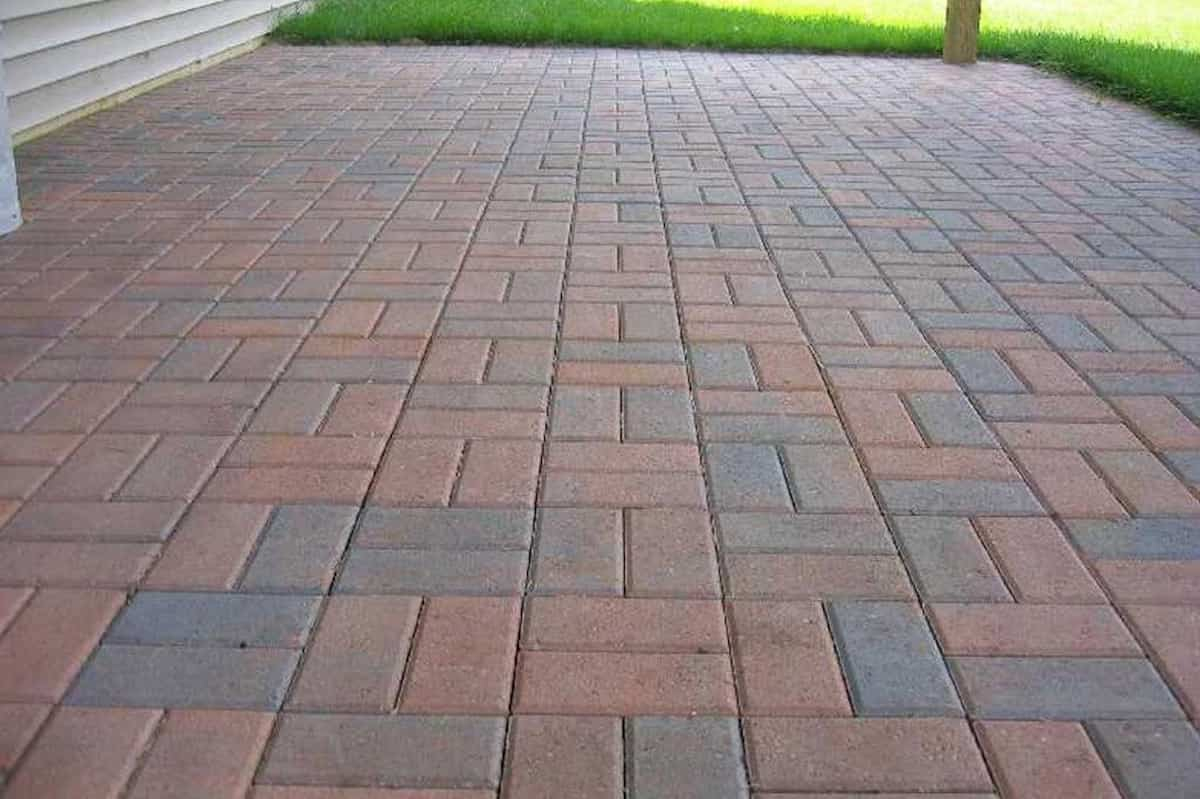If you want to apply ceramic tiles in your future restoration plans or you plan a house you’re building, it’s important to know how thick it is.
Tile is not just a visual medium such as color or wallpaper, though it has a beautiful significance in your design.
It’s a real building material, so if you don’t consider its thickness, you can rush things and change the transmission between different surfaces of flooring materials and doors.

Measurement of Ceramic Floor Tile Thickness
Although rectangular tiles are also popular, square tiles are often the most common floor options. You can choose specialized shapes and designs such as octagons, hexagons, trapezoids and penny tiles if you are looking for a flooring option with a strong visual effect.
There is a wide range of sizes. In other forms, tiles are equally proportional to the standard square tile size from 2×2 in to 24 x 24 in.
Most floor tile thickness is between 1.3 and 1.2 inches, larger tiles are often thicker than smaller tiles.
Typical thickness for floor tiles ranges from 3.8 in to 1/2 in. Outside this range, some tiles can be low thickness of 1/8 inches for decorative tiles and 5/8 inches for large tiles.
When buying floor tiles from a European provider, metric thickness typically starts from 10 mm (or about 3/8 inches) and goes up there.

Amount of Ceramic Wall Tile Thickness
For many reasons, ceramic wall tiles are thinner. Floor tiles must be thick for years of foot activity, furniture weight and the effect of the colors of the abandoned objects.
Wall tiles are not placed in each of these groups and installation is made easier by the lighter weight of the thinner tile. As before, decorative tiles may be as thin as 1/8 in, but the thickness is 1/4 in to 3/8 in (6 to 10 mm in metrics).
The sizes and shapes vary, just like the tiles on the floor. The most popular shapes are square and rectangular, but if you want a statement style, you may use unusual shapes or larger tiles.
If you want to deal with their increased weight and thickness, the floor tile can be placed on the walls. Because wall tiles are not built against this type of application, the floor cannot be covered with them.

Taking Thinset and Underlayment into Account
You shouldn’t just consider the thickness of the tile. Unlike some vinyl tiles, ceramic tiles cannot be “peeled and glued”. A backboard, membrane or other sublayer is often used in conjunction with thinset, a special type of mortar, to keep them in place.
The size of the belly groove that you use determines the thickness of your thin layer. Typically, a 3/8 inch track will be used to install the floor; When tiles are added, the thinning reaches up to 3.16 inches.
For larger mosaics, you may use a intestine with a 1/2-inch groove that flattens up to 1/4 inches from the thin side. See what you’ve selected for the specific tile, ask your tile vendor, or go to the manufacturer’s website.
This result is in a tile thickness of 11/16 when 3/16 inches of thin is added to a 1/2-inch tile.
This is not the end of the story, however, as it is recommended to apply a self-flat composition, preservatives or driving membrane for the subsurface or to create a more animate and durable installation at the bottom.
Finally, you may need to put money aside for deformations that vary in the thickness of a home-made or ornamental tile. If you’re installing your own tile, you should probably also make some changes to the thinning for a lack of consistency.

The Importance of Thickness
Like any other DIY work or home improvement, you are well prepared can help you avoid cost errors and cost redulas after starting your project.
A great place to start is to read content on a few of our Help or Advice websites.
Making sure that the tiles are the right thickness of those vital elements, once you have transitioned to the precise stage of planning.
For example, you need to sort the electrical boxes on the wall so that the walls of the boxes will be red with the tiles finished rather than the underlying false wall.
This is known as the thickness of your wall tile. When placing cabinets and laminated on floor tiles, you should ensure that the doors can swing freely on the tiles that are set.

When the combination of several types of flooring becomes even more vital. Consider a scenario in which your kitchen has ceramic tile, but the areas around the dining and living quarters have a luxury vinyl tile (LVT).
This is almost half the thickness of a 3/8-inch unthin tile if the LVT is 4 mm thick with a 1 mm substrate. LVT must be placed on a thicker sublayer to prevent unwanted transfer.
Similar to the latest example, if you intend to use the boundary of thin decorative tiles in addition to the thicker main tiles, you need to place the cutting bar to the size of the board (perhaps two) under the thin tiles to keep the floor height steady.



